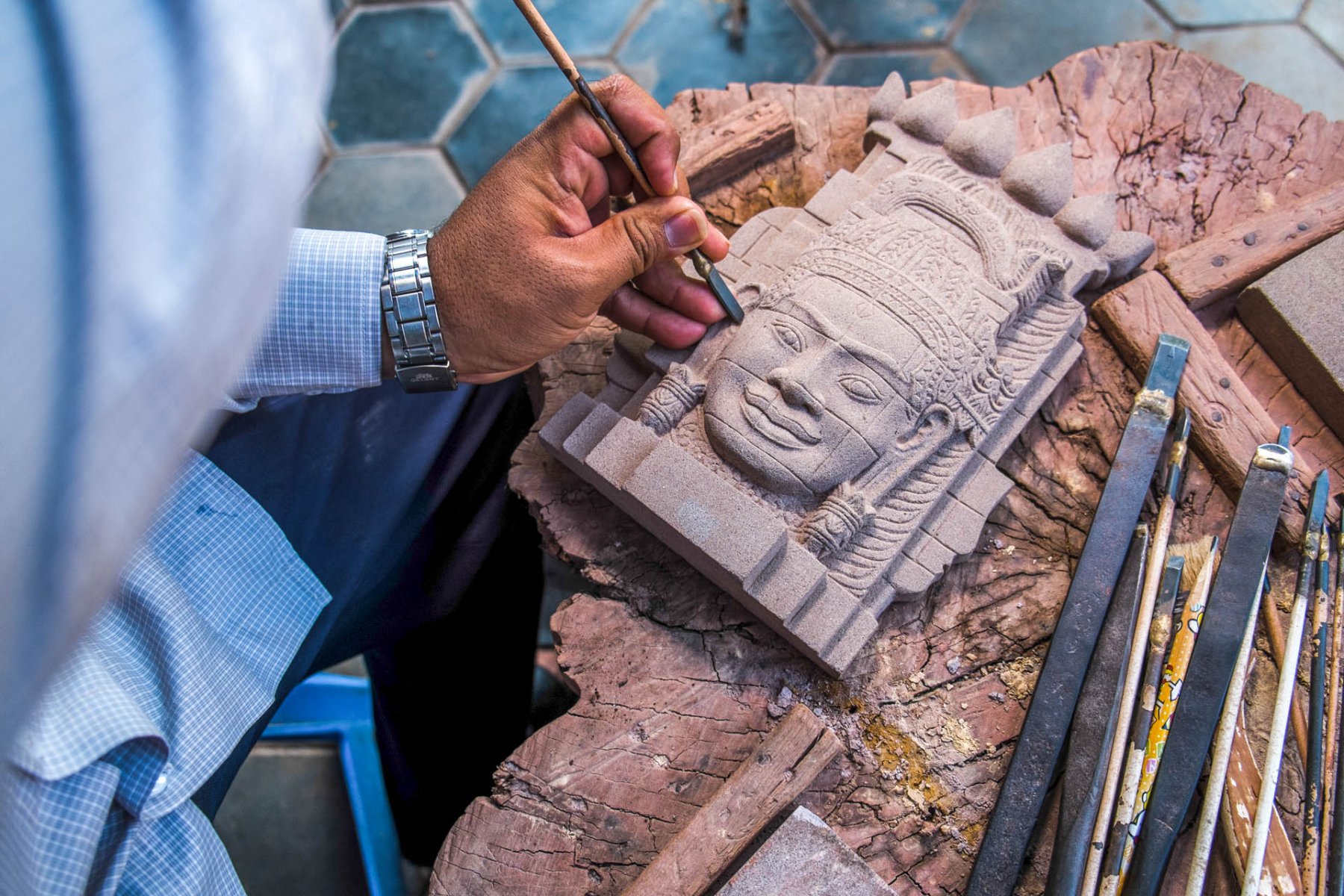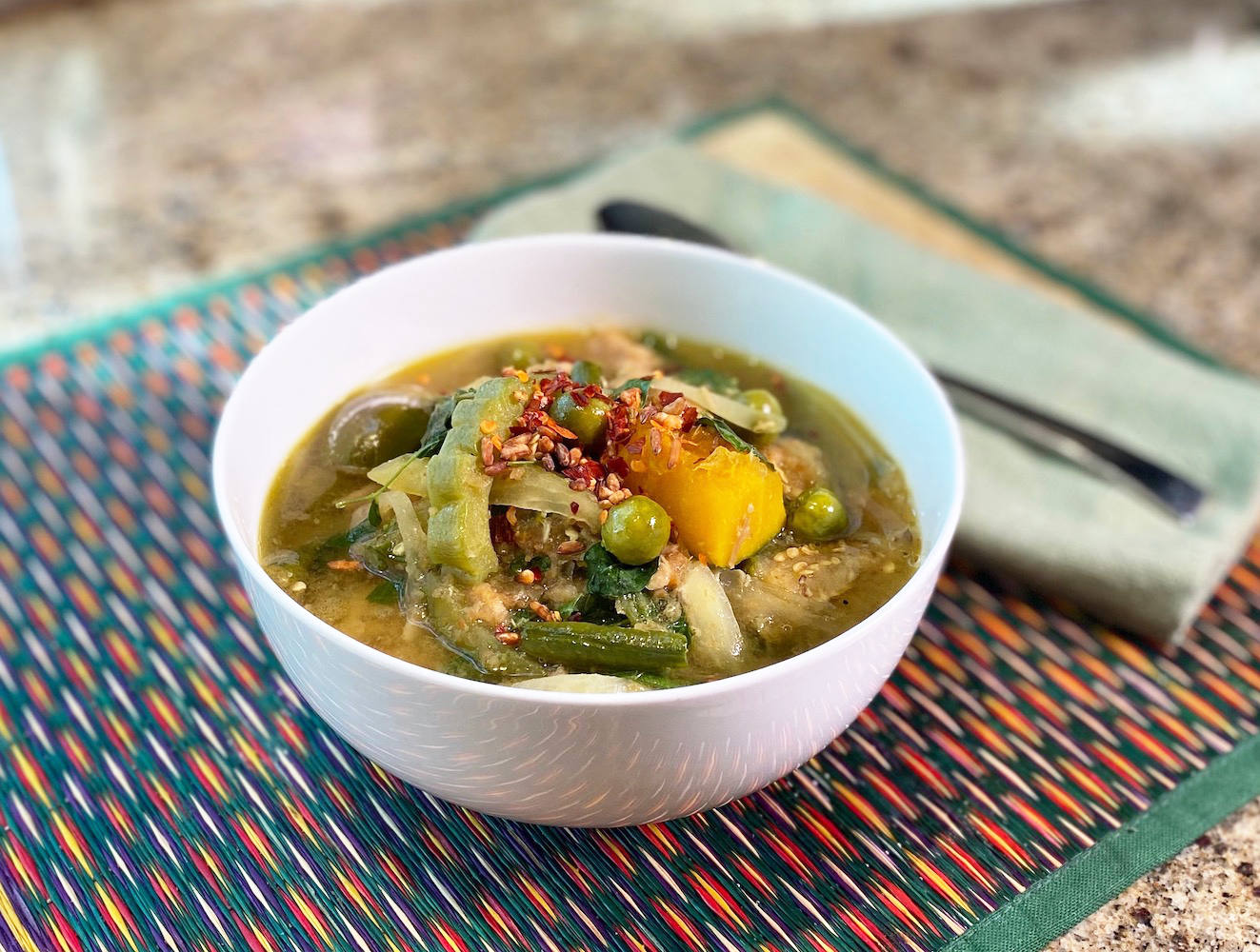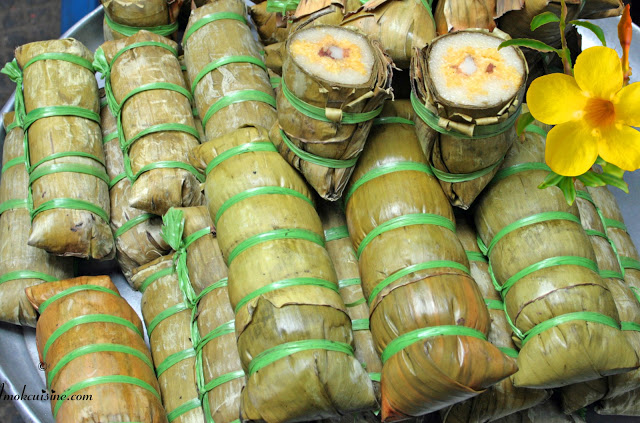Stone Carving in Cambodia
Uncover the art and craftsmanship of traditional Khmer stone carving, a hallmark of Cambodian culture.

Introduction
Stone carving is a celebrated art form in Cambodia, dating back to the Angkorian era. Khmer artisans have
used their skills to create intricate sculptures, bas-reliefs, and architectural details that adorn temples
like Angkor Wat, Bayon, and Banteay Srei. The art of stone carving continues to thrive today, reflecting
Cambodia's rich cultural heritage.
Pro Tip: Visit local workshops in Siem Reap to see contemporary artisans keeping this ancient tradition
alive.
Historical Background
Stone carving flourished during the Angkorian period, a time when the Khmer Empire was at its zenith.
Carvings often depicted deities, mythological scenes, and floral motifs, serving both decorative and
spiritual purposes. The skill and precision of ancient Khmer artisans are evident in the fine details of the
sculptures that have endured for centuries.
Pro Tip: Pay attention to the carvings of apsaras (celestial dancers) in temples—they are a signature
feature of Khmer art.
Tools and Techniques
Khmer stone carving involves the use of traditional tools such as chisels, mallets, and hammers. The process
begins with rough shaping of the stone, followed by intricate detailing and polishing. Limestone and
sandstone, both abundant in Cambodia, are the preferred materials due to their workability and durability.
Pro Tip: Observe artisans at work to gain a deeper appreciation of the skill and patience involved in stone
carving.
Symbolism in Stone Carvings
Khmer stone carvings are rich in symbolism. Deities represent spiritual guidance, floral motifs signify
prosperity, and mythical creatures like nagas (serpent beings) embody protection. The carvings often reflect
the deep connection between Khmer culture, religion, and nature.
Pro Tip: Explore the carvings at Bayon Temple, known for its enigmatic stone faces representing compassion
and wisdom.
Preservation and Revival
Cambodia’s stone carving tradition faced challenges during the Khmer Rouge regime, but efforts have been
made to revive this art. Organizations and schools in Siem Reap and Phnom Penh are training a new generation
of artisans, ensuring the continuity of this cultural legacy.
Pro Tip: Support local artists by purchasing handmade carvings, which are often available as souvenirs.












